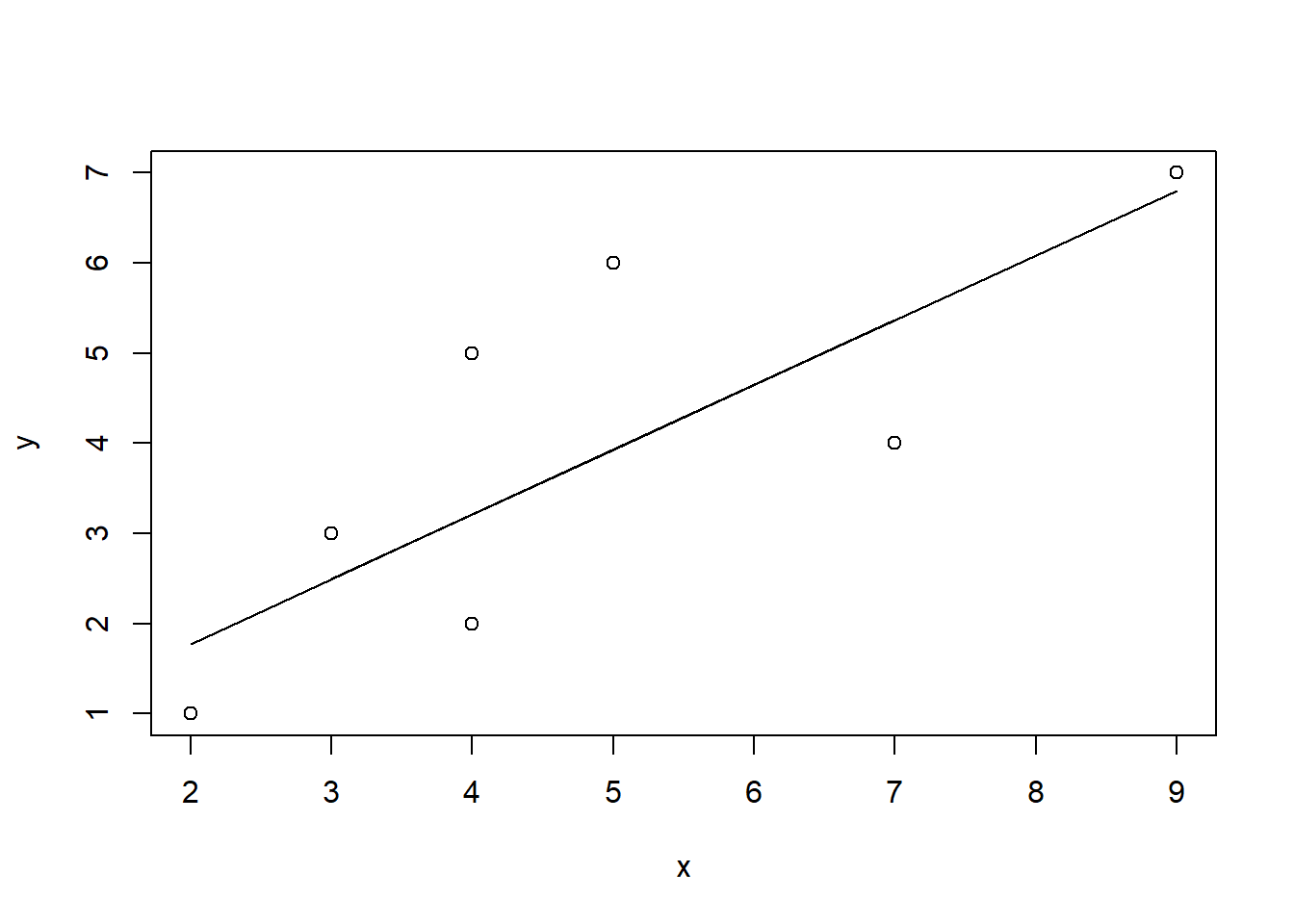

It finds the slope and the intercept assuming that the relationship between the independent and dependent variable can be best explained by a straight line. Linear regression does not test whether data is linear. Statistically, it is equivalent to testing the null hypothesis that the regression coefficient is zero. A related question is whether the independent variable significantly influences the dependent variable. The closer R2 is to 1, the better is the model and its prediction.
Regress y on x or x on y software#
All software provides it whenever regression procedure is run. Once a line of regression has been constructed, one can check how good it is (in terms of predictive ability) by examining the coefficient of determination (R2). A similar interpretation can be given for the regression coefficient of X on Y. It represents change in the value of dependent variable (Y) corresponding to unit change in the value of independent variable (X).įor instance if the regression coefficient of Y on X is 0.53 units, it would indicate that Y will increase by 0.53 if X increased by 1 unit. The coefficient of X in the line of regression of Y on X is called the regression coefficient of Y on X. We would then be able to estimate crop yield given rainfall.Ĭareless use of linear regression analysis could mean construction of regression line of X on Y which would demonstrate the laughable scenario that rainfall is dependent on crop yield this would suggest that if you grow really big crops you will be guaranteed a heavy rainfall. Here construction of regression line of Y on X would make sense and would be able to demonstrate the dependence of crop yield on rainfall.

Choice of Line of Regressionįor example, consider two variables crop yield (Y) and rainfall (X). Often, only one of these lines make sense.Įxactly which of these will be appropriate for the analysis in hand will depend on labeling of dependent and independent variable in the problem to be analyzed. On the other hand, the line of regression of X on Y is given by X = c + dY which is used to predict the unknown value of variable X using the known value of variable Y. This is used to predict the unknown value of variable Y when value of variable X is known. The line of regression of Y on X is given by Y = a + bX where a and b are unknown constants known as intercept and slope of the equation.
Regress y on x or x on y series#
In the above equation, X is a mean of X series, Y is a mean of Y series and is called regression coefficient of Y on X and it is denoted by the symbol b YX. In such a case regression equation of Y on X is expressed as: In order to find out regression equation quickly, we take deviations of X and Y series from their respective means instead of dealing with actual values of X and Y. Regression equation of Y on X when deviations taken from means of X and Y: The above method of finding out regression equation is too slow. To determine the values of 'a and b', the following two normal equations are to be solved simultaneously: ΣY = Na + bΣX and ΣXY = aΣX + bΣX 2 In the equation (2), 'a' and 'b' are called numerical constants because for any given straight line, their values does not change.

It represents change in Y variable for a unit change in X variable. It may be noted that in equation (2), Y is a dependent variable, X is an independent variable, 'a' is Y-intercept because it is the point at which the regression line crosses the Y-axis, i.e., vertical axis and 'b' is the slope of a line. The regression equation of Y on X is expressed as: Y = a + bX - (2) It is used to describe the variation in values of Y for given changes in X.


 0 kommentar(er)
0 kommentar(er)
